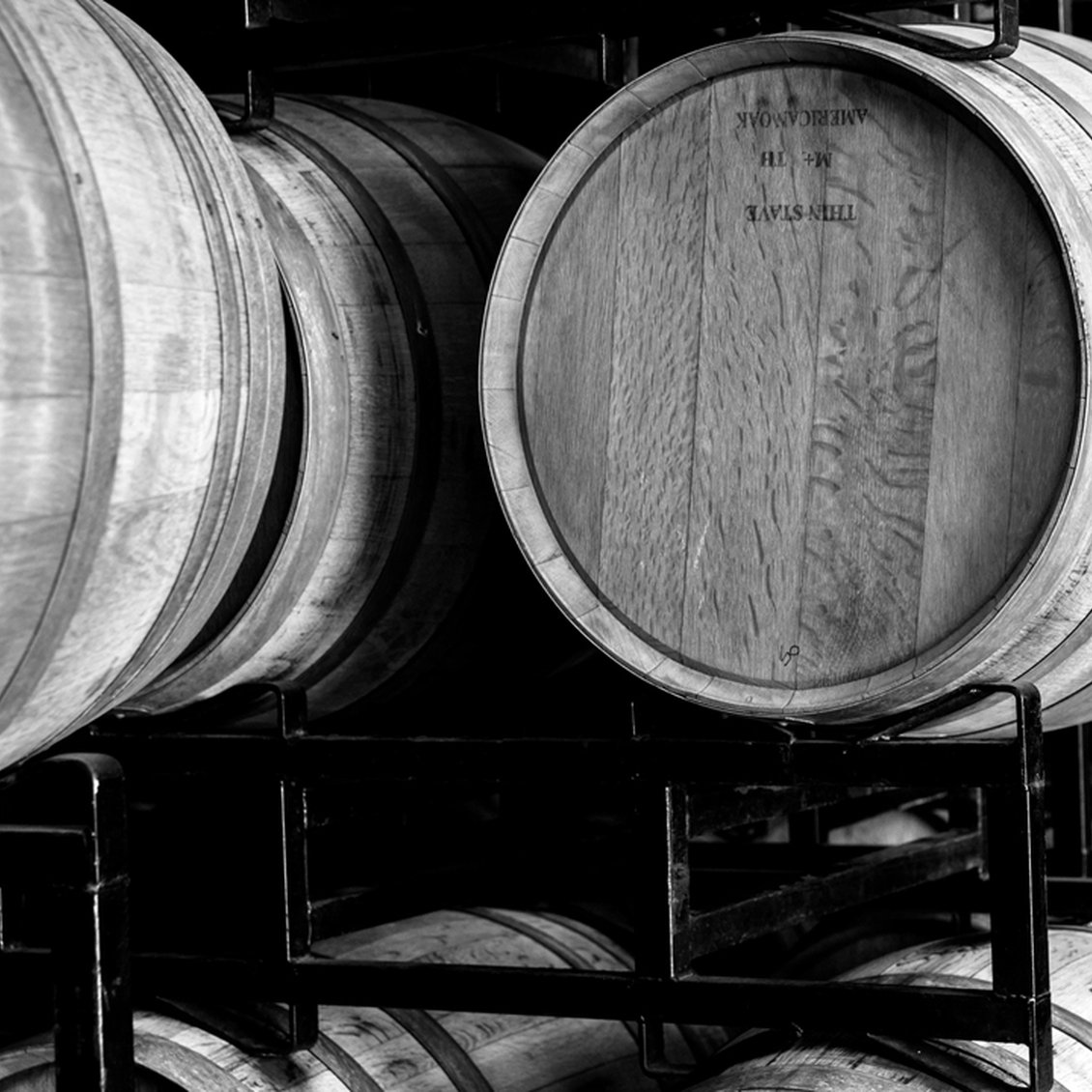- 91 pts James Suckling91 pts JS
- 90 pts Wine Advocate90 pts RPWA
- 100 pts WineAccess Travel Log100 pts WATL
- Curated by unrivaled experts
- Choose your delivery date
- Temperature controlled shipping options
- Get credited back if a wine fails to impress
2014 Isole e Olena Chianti Classico 750 ml
- Curated by unrivaled experts
- Choose your delivery date
- Temperature controlled shipping options
- Get credited back if a wine fails to impress
Three Shades of Red — From Del Posto to The French Laundry
 |
Just south of Florence at the center of Chianti, you’ll find “Chianti Classico,” the sweet spot. And at the center of Chianti Classico, you’ll find the 720 acres of Isole e Olena, soaring 1,300 feet above sea level. For six decades, the De Marchi family has guided the estate, replanting the vines and expanding the cellar over the years.
That gradual process leapt into the future in the early 1970s, when a 20-year-old Paolo De Marchi left Piedmont for Tuscany to contribute to the transformation of his family’s estate.
“People forget,” Paolo told us on our first visit to Isole in the early 1990s, “when I arrived, wine grapes were all but worthless in Tuscany. During harvest, pickers were sent out with pouches full of wheat seeds. As they clipped bunches, they tossed seeds. Why? Wheat was worth more than Chianti!”
Paolo watched in the 1970s and ‘80s as neighbors ripped out Sangiovese and Canaiolo for Cabernet Sauvignon, Syrah, and Merlot. Tuscan coast powerhouses Ornellaia, Sassicaia, and Tignanello had sparked unprecedented demand for Cabernet-influenced New World wine. But Paolo had something else in mind.
Over the last 40 years, De Marchi completely reshaped Isole. While indigenous, old-vine Canaiolo was largely left in place, Paolo’s crew ripped out much of the Sangiovese he’d inherited. The clones were overly productive. The plants carried so much fruit that clusters invariably shrouded others, making for uneven ripening and underripe acidic Sangiovese. Little by little, De Marchi led the charge in Classico, rethinking, truly re-imagining Sangiovese.
In the early 1990s, along with neighbors like Fontodi and Fèlsina, the most brilliant winegrower Tuscany has ever known spearheaded a clonal research project with the help of the enology department at the University of Torino. Named Chianti Classico 2000, the researchers experimented with dozens of Sangiovese clones, identifying a handful that were particularly low-yielding, capable of spiking concentration without sacrificing a bit of gripping Tuscan backbone.
Ultimately, Paolo removed the white wine from his Chianti Classico blend altogether. What’s left is a Sangiovese whose structure and vibrancy are complemented by the floral intensity, spice, and deeper color provided by the old-vine, low-yielding Canaiolo.
Paolo’s experiments haven’t stopped. In the last decade, he has experimented with small amounts of Cabernet and Syrah vines on the property. While finding that Cabernet thrives in the region, Paolo has determined that Syrah fits better in his Chianti Classico. Instead of overpowering the indigenous blend, small amounts of earlier-ripening Syrah deepen the color and add an even-riper fruit. “It’s like jelly in the donut,” Paolo told us.
On wine lists from Del Posto to The French Laundry, “Cepparello” is Paolo’s crown jewel, but his assemblage is the Chianti Classico of choice. Whether paired with Mario Batali’s “Orecchiette” with Red Lamb Sausage or Thomas Keller’s “Roulade of Pekin Duck,” De Marchi’s Chianti Classico doesn’t just complement these seasonal, savory dishes — it utterly enhances them.
The 2014 Isole e Olena Chianti Classico is dark ruby. Bursting with aromas of red cherries, fresh strawberries, wild herbs, and spices. Supple in its primary-fruit core of black and red cherries, complemented by mint, almond, fennel, and a hint of porcini. High-toned with mouthwatering acidity and silky tannins into a long, long finish. Drink now for its youthful fruit and vibrancy AND sock away other bottles for another 8-10 years.
Some growers in Tuscany were put to the test by challenging conditions in 2014, but Paolo’s relentless experimentation had Isole e Olena poised to capitalize on a season Antonio Galloni called “nearly perfect toward the end of the season.” The Vinous founder called De Marchi’s 2014 Chianti Classico “terrific,” while Robert Parker’s Wine Advocate hailed its “excellent value” and said it “offers noticeably more definition and depth” than its peers.

